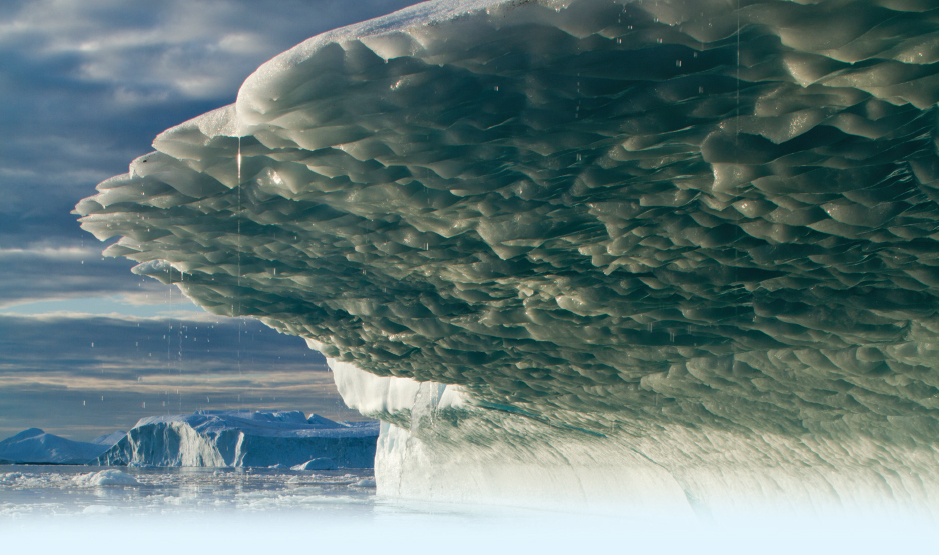Introduction
1058
- 16.1Classification of Ordinary Differential Equations
- 16.2Separation of Variables in First-Order Differential Equations
- 16.3Exact Differential Equations
- 16.4First-Order Linear Differential Equations; Bernoulli Differential Equations
- 16.5Power Series Methods
- Chapter Review
- Chapter Project
The Melting Arctic Ice Cap

The Arctic ice cap is melting. “The average thickness of the Arctic ice cover is declining because it is rapidly losing its thick component, the multi-year ice. At the same time, the surface temperature of the Arctic is going up, which results in a shorter ice-forming season,” said senior research scientist Josefino Comiso.
Each year during the Arctic winter, new sea ice, called seasonal ice, forms. Most of the seasonal ice melts during the summer melt season, but some of it survives. Scientists use this pattern to differentiate among three types of Arctic ice: seasonal ice forms and melts each year, perennial ice is defined as ice that has remained through at least one summer melt season, and multi-year ice is perennial ice that has survived at least three summer melt seasons. In a recent study, NASA scientists have discovered that the thick, old multi-year ice of the Arctic Ocean is melting at a faster rate than that of the thin seasonal ice and the one- and two-year perennial ice.
CHAPTER 16 PROJECT
The Chapter Project on page 1096 investigates the growth of sea ice.
This chapter continues our investigation into methods for finding solutions to differential equations and includes some important applications such as inhibited growth, learning curves, Newton's Law of Heating, falling objects with air resistance, flow rates in mixtures, and sales growth. The analyses and solutions of differential equations are a very useful branch of mathematics, but differential equations are often difficult or impossible to solve algebraically. In practical applications, differential equations are often solved using numerical approximations.